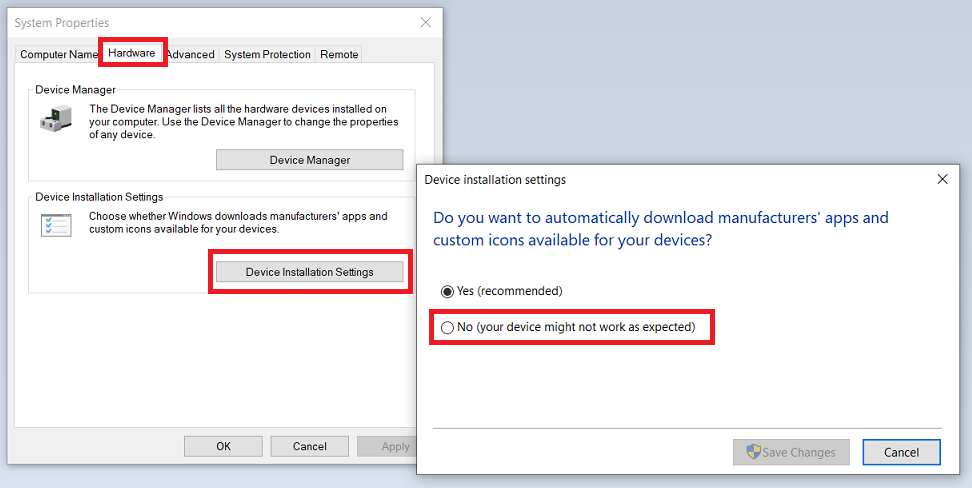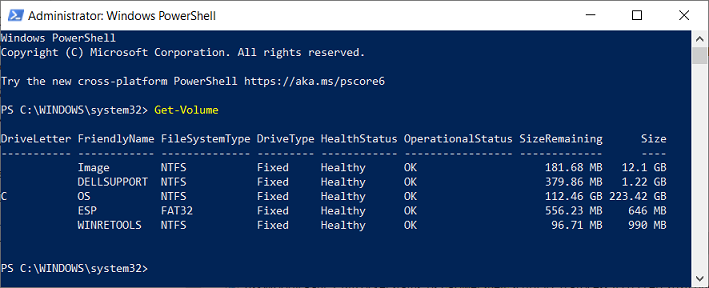ISSUE 21.05.1 • 2024-01-30 By Susan Bradley The partition-sizing problem that emerged earlier this month is not yet fixed. Fortunately, our deep exami
[See the full post at: MS-DEFCON 3: A bumpy start to 2024]
Susan Bradley Patch Lady/Prudent patcher












